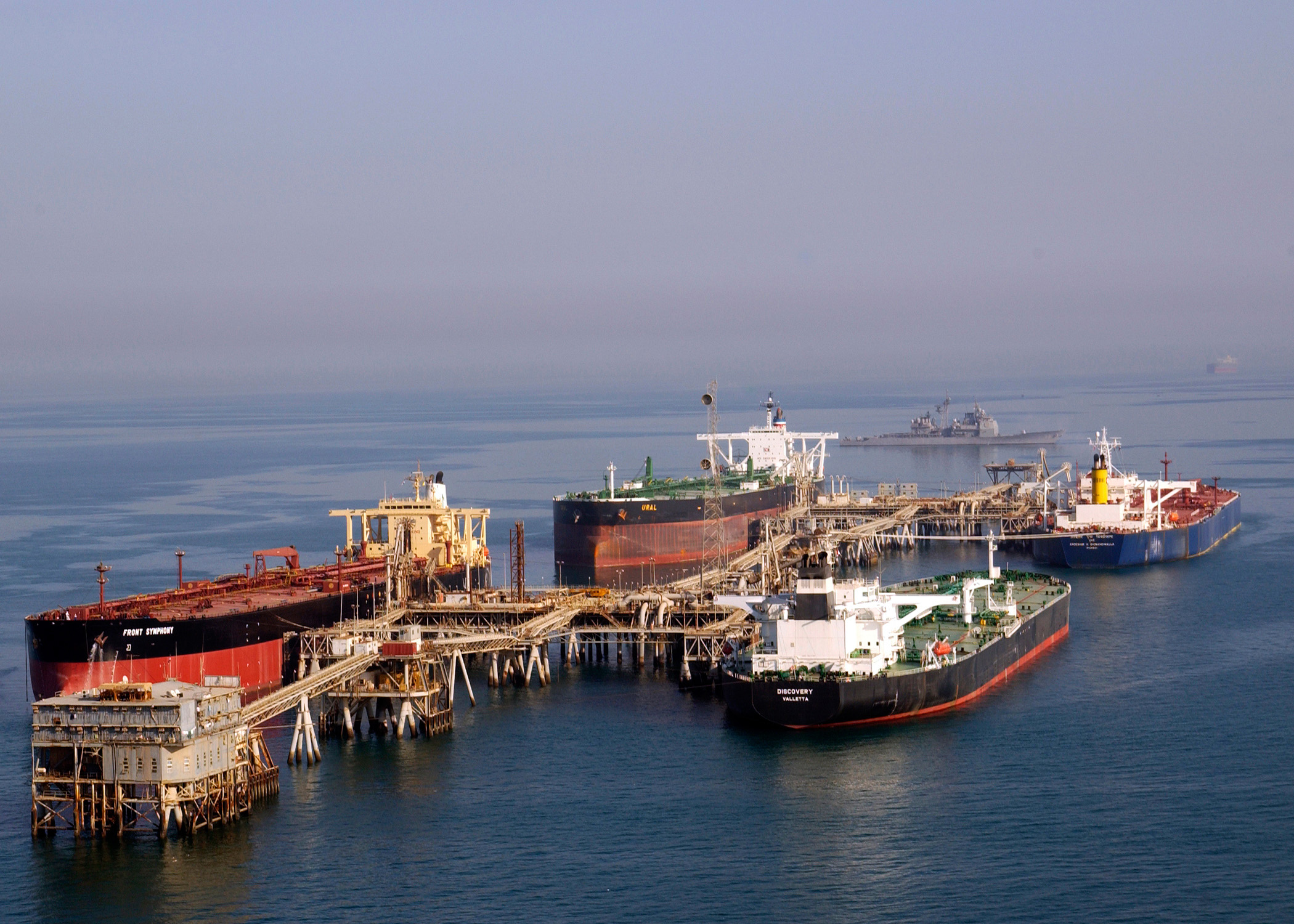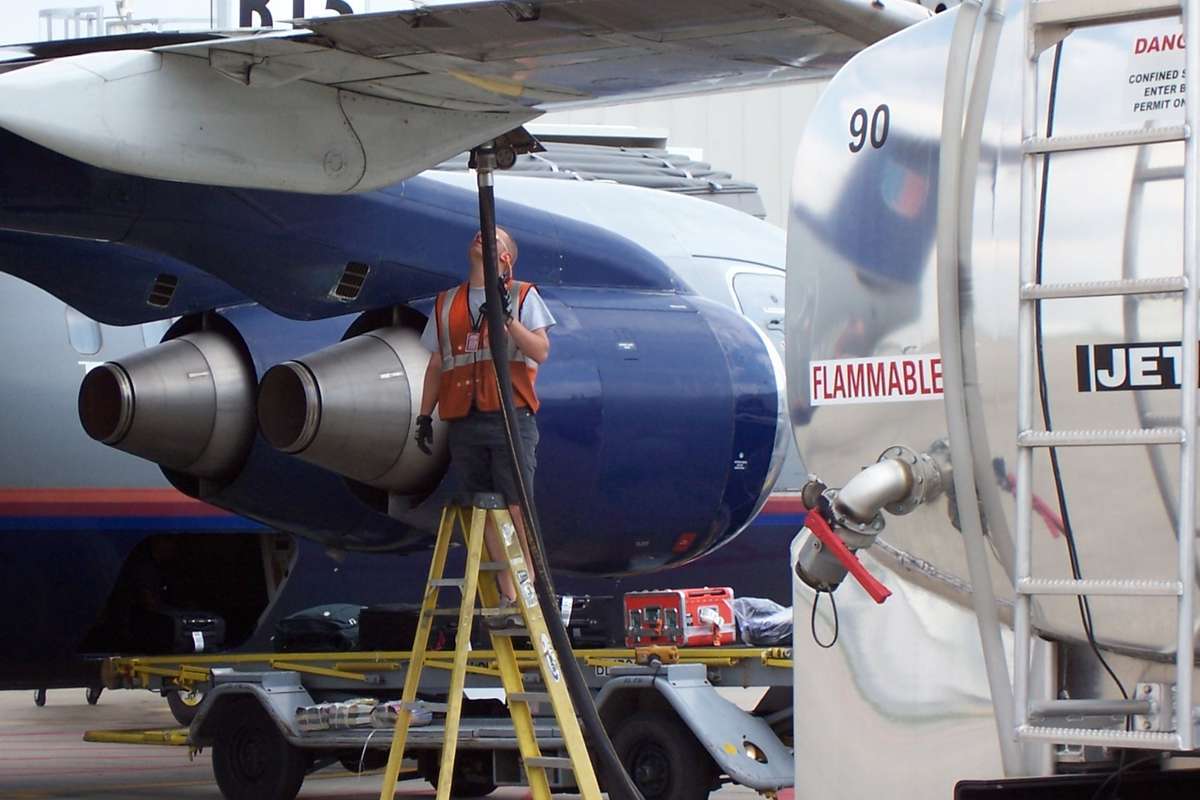When I started in this business in fall of 2017, I had no idea how difficult it is to put a deal together for sale or purchase of Nigerian Bonny Light crude oil. I was not naive and knew I would face challenges, but I did not expect it to be as high as it truly is. In less than seven months, I have learned a lot and been able to do what is thought of as being impossible: be a mandate for at least two Nigerian sellers. More are on the way. This is not an article to disclose my secrets on how I have accomplished a seemingly impossible task. Certainly perseverance, a well-executed strategy, and a bit of luck have a lot to do with it. Regardless, I would like to act as the myth buster and educate all others who do not know anything about how Bonny Light crude oil is delivered to a buyer. I will not be too explicit so as to not give it all away. But speaking in general terms should be sufficient. So, let me get started.
A seller has to apply and pay a fee for an authorization to export crude oil from Nigerian National Petroleum Corporation (NNPC). Seller will then have to obtain Authorization To Sell (ATS), also commonly referred to as “allocation” from one of few terminals. Bonny terminal is one of those few terminals that is also managed jointly by NNPC and Shell Corporation. The ATS is good for three months. There is a one-time fee for this permit, a fee that may be significant depending on the monthly allocation. ATS is considered an investment opportunity. To make money from it, the seller now has to do all he can to sell the allocated oil in three months to make money or else the permit expires and has to be renewed.
If this seller is lucky enough to find a legitimate buyer who will trust the oil exists and can be delivered, he or his so-called “Mandate” will send his Sales Purchase Agreement (SPA) to the buyer or his agent. Once the SPA is successfully negotiated and signed, the seller gets to work.
The next stop is the terminal. Bonny terminal is one of the few terminals to visit if Bonny Light is being sold. Bonny terminal is being managed by Shell Corporation at this time. The seller has to visit a few people and pay some fees to obtain the authorization to load the vessel. This cost may be significant.
Once the vessel is loaded, the journey to the Port of Discharge/Destination (POD) begins.
In a Cost, Insurance, and Freight (CIF) transaction, the crude oil reaches the POD, inspection on the quantity and quality is performed by a reputable inspection company such as SGS, the results are provided to the buyer and the seller, the seller’s bank will forward the necessary documents, also called “complying documents,” to the buyer’s bank–as per the SPA–and the buyer’s bank will make the payment for the crude oil to the seller. If a negotiating bank, which is always the bank that has confirmed the LC, is used as the intermediary, these communications will take place through the negotiating bank that will be responsible for releasing the funds to the seller. The buyer is offered less net discount than that in FOB, resulting in less profit to the buyer. This difference is between $2-3 dollars per barrel, depending on how far the destination is.
In an FOB transaction, the buyer will arrange for chartering a vessel, provides the Charter Party Agreement (CPA) and Q88–documents that prove the buyer has chartered a vessel–to the seller who will load the buyer’s vessel in the designated terminal. The vessel will then be escorted out by Nigerian Navy and, if need be, private security guards, to international waters and away from possible marine pirates. The buyer receives a higher net discount amount, meaning it will be making more overall profit. The assumption here is the quantity is large, at least 1 million barrels per shipment.
In Tank-To-Tank (TTO) delivery, the seller will charter a vessel, load it, and deliver it to the buyer at a predesignated port. Price will depend on where the delivery will take place: delivery in West Africa waters would always result in greater profit margin to a buyer than delivery in farther areas.
It is to the advantage of a buyer to make the purchase as FOB or TTO, especially if the POD is located in Europe than farther in China or Brazil. Since the cost on a Very Large Crude Carrier (VLCC) able to carry up to 2 million barrels hovers around USD $50,000 per day, a shorter distance of nearly 20 days to Rotterdam costs around USD $1 million less than the journey of 36 days to Qing Dao, China. Surprisingly, most buyers do not want to make an FOB or TTO purchase. But why?
Sadly, trust is a serious issue for most buyers. They seem to be afraid of setting foot in the murky waters of the Bonny Light transaction landscape inside Nigeria or in West Africa waters, which they mistakenly think as being unsafe, let alone charter a vessel when thinking the transaction is a scam and the oil is non-existent. Instead, taking delivery in familiar territory offers peace of mind to them.
Also, some buyers do not want to assume the risks in the high seas. They think anything could go wrong. While that is true, we all could be gone tomorrow. But we are not and life goes on. Plus, insurance covers all losses. So, this fear has no basis in fact.
Additionally, some buyers feel more comfortable inspecting the quantity and quality at the POD. However, this fear is unfounded because they would be in control of both the quantity and the quality all the way to the POD if they purchase it as FOB or TTO.
The crude oil is delivered at the POD and travels to its final refinery destination or to a tank farm (storage tanks), owned or rented by either a private reseller, who will sell it to major national or regional distributors or refineries, or a National Oil Company (NOC) that will store the crude oil and sell it to interested buyers. Indeed, some buyers feel more comfortable taking delivery through a tank farm knowing it exists, is available on the spot, and has passed the customs already, which is another concern for some buyers, particularly in China.
Different steps of this journey bear substantial costs for a seller. We should appreciate the enormous financial burden on transactions of this magnitude. In reality, often more than one seller pool their resources together to finance the transaction. That spreads the risk among them.
Performing due diligence on both the buyer and the seller is crucial. I recommend it to both parties.
We have done due diligence and are confident about the ability of sellers we have become a mandate to. If you are interested in obtaining oil, consultation, or financing your transaction, please contact us here.



